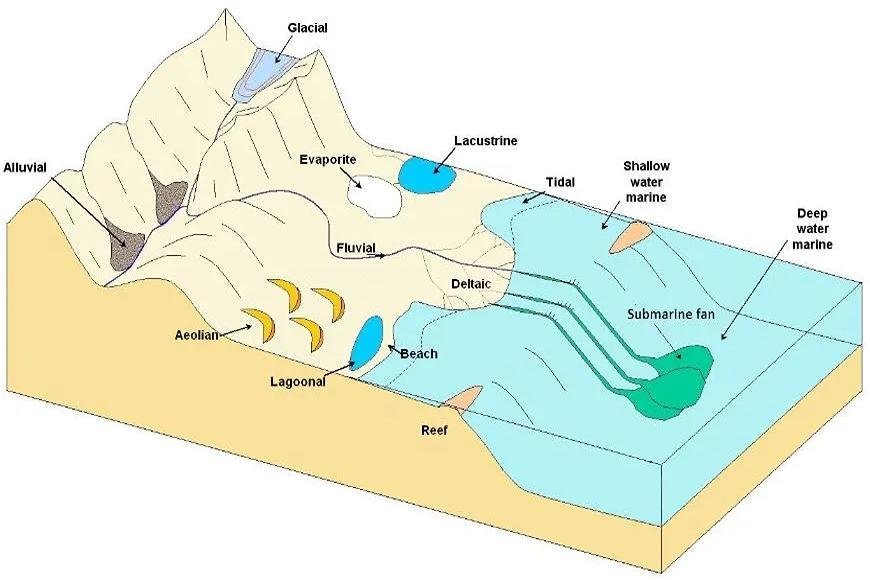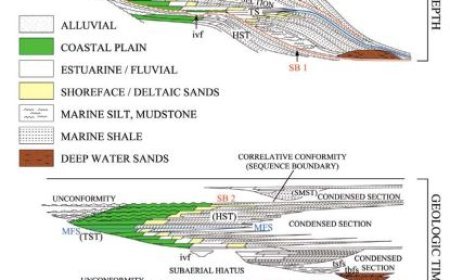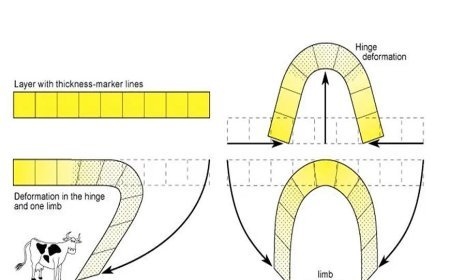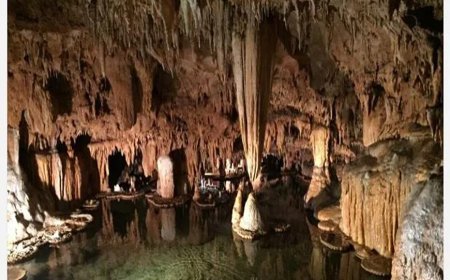LAGOON
Lagoon: shallow basins formed by sandbars, reefs, or peninsulas, where calm waters meet land, fostering unique ecosystems.

LAGOON
- Sandbars, barrier reefs, coral reefs, and other natural barriers divide lagoons from bigger bodies of water.
- "Lagoon" is derived from the Italian word laguna, which means "pond" or "lake."
- Although lagoons are geographically delimited, the term "lagoon" is occasionally used to refer to a wider territory that encompasses one or more lagoons.
- Laguna Madre on the Texas Gulf Coast, for example, is made up of tiny bays and lagoons, but Laguna Beach in Southern California is a beach and not a lagoon at all.
- Lagoons are classified into two types: atolls and coastal.
- Atoll lagoons arise when an island sinks entirely beneath the ocean, leaving a ring of coral that grows upward.
- A body of water, generally deep, is located in the middle of the ring.
- The interaction of coral growth and water results in a lagoon.
- An atoll's creation might take up to 300,000 years.
- Lagoons occur along gently sloping coastlines.
- They are shallower than atoll lagoons and frequently separated from the ocean by an island, reef, or sand bank.
- Usually, there is an entrance connecting coastal lagoons to the ocean.
- Sea level rise, the amount of existing silt, and the tidal range all have an impact on the formation of coastal lagoons.
- Coastal lagoons, which are younger and more active than atoll lagoons, may have shorter "lifespans" due to their exposed placement on the coastline.
What's Your Reaction?



































